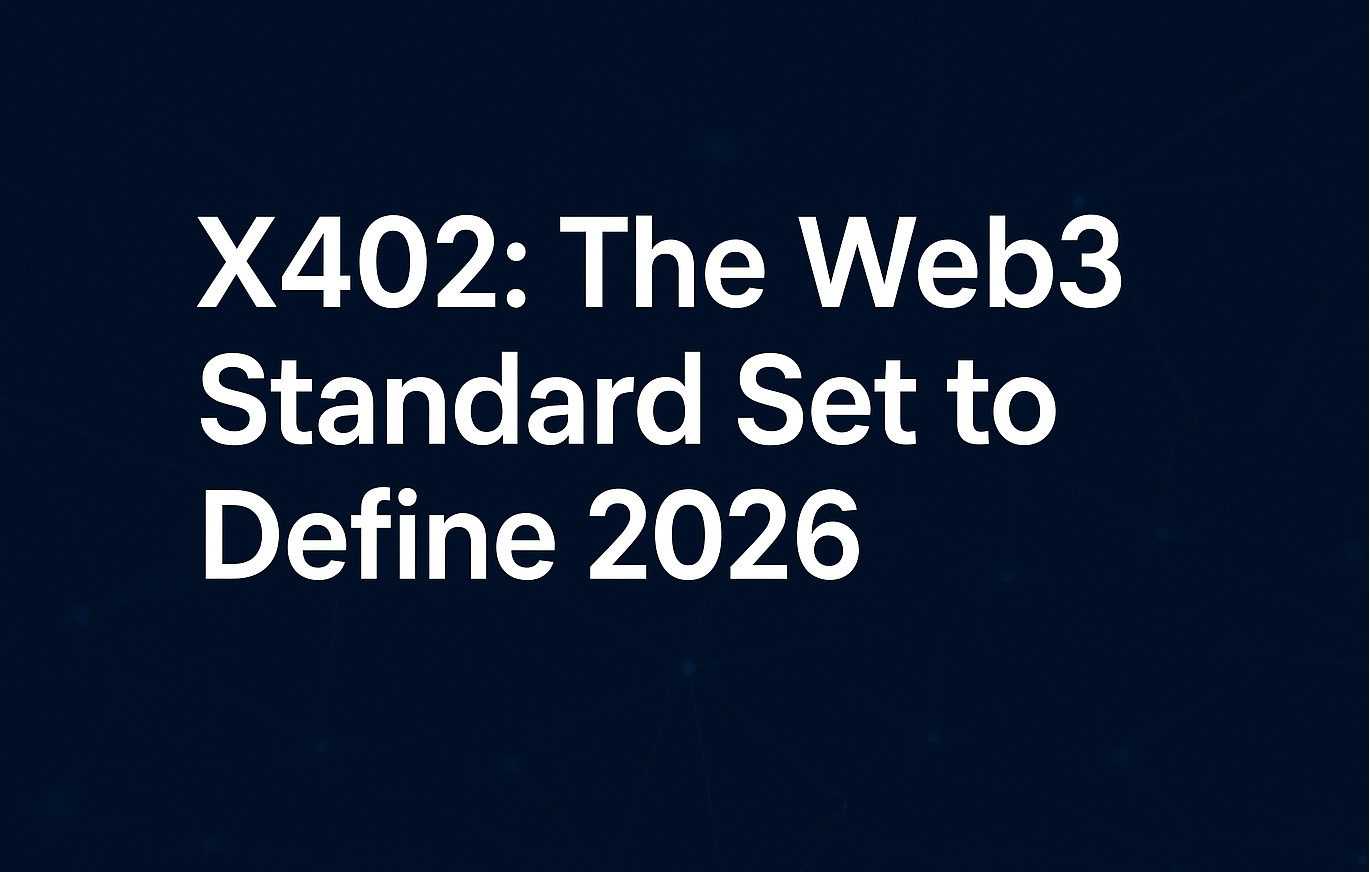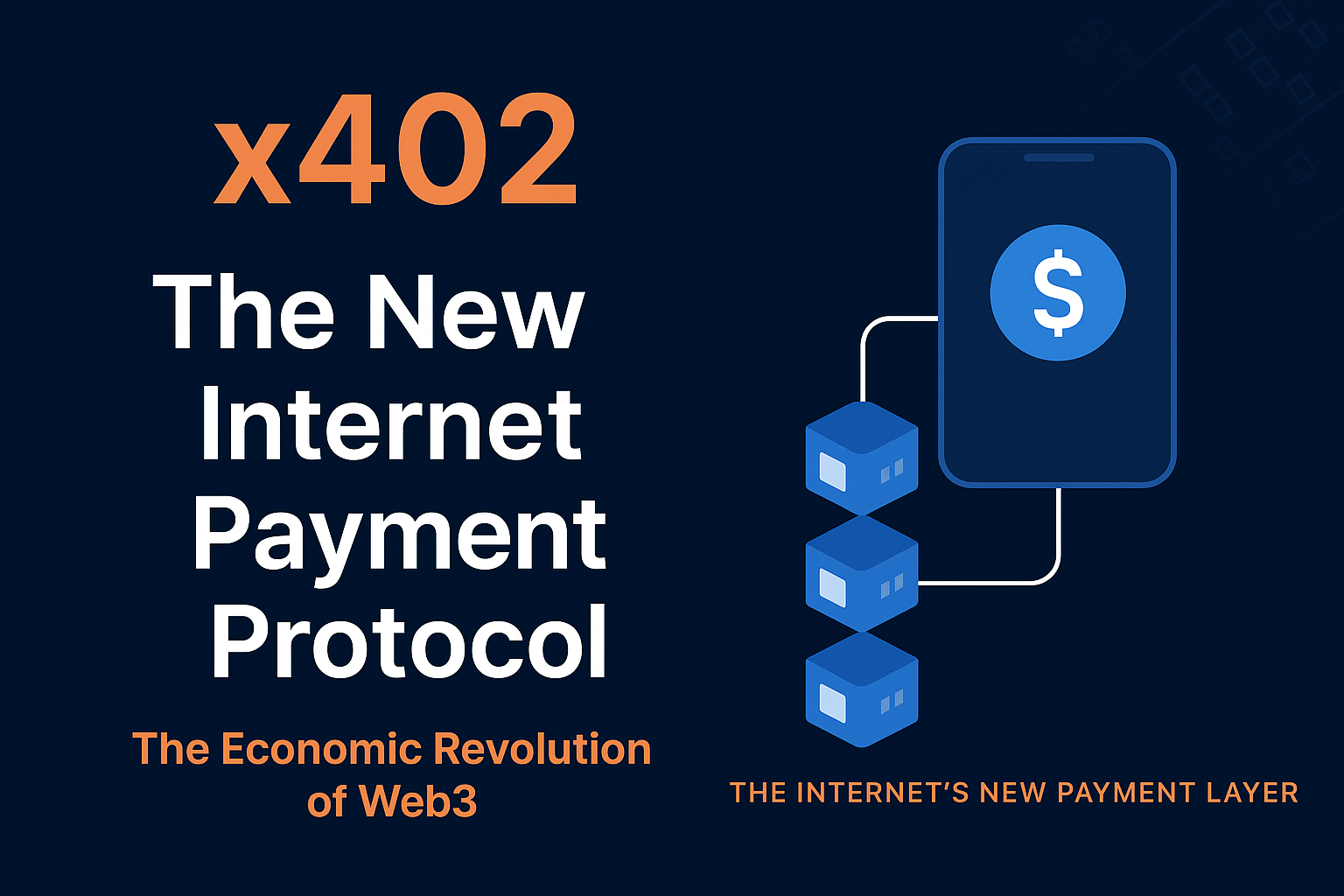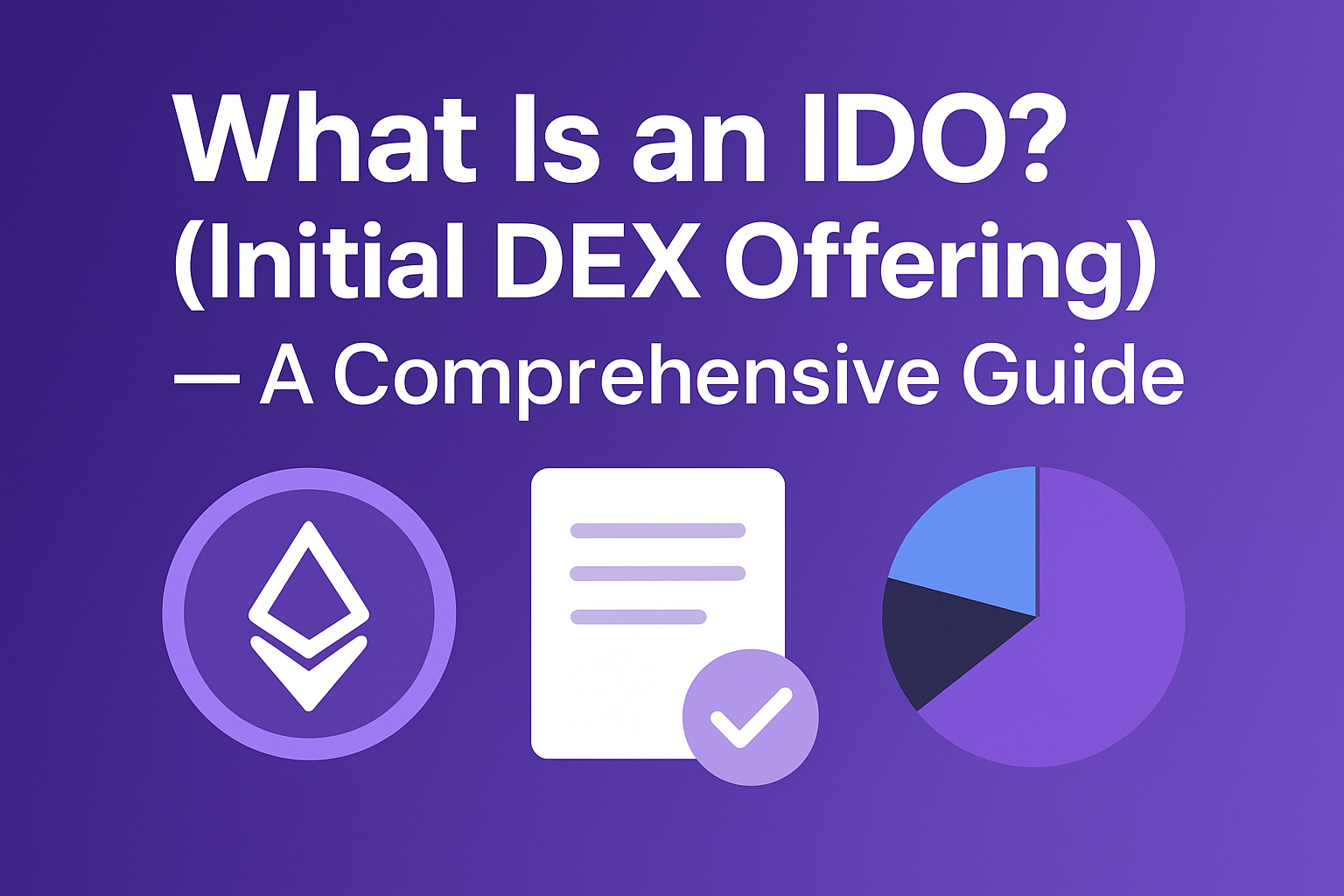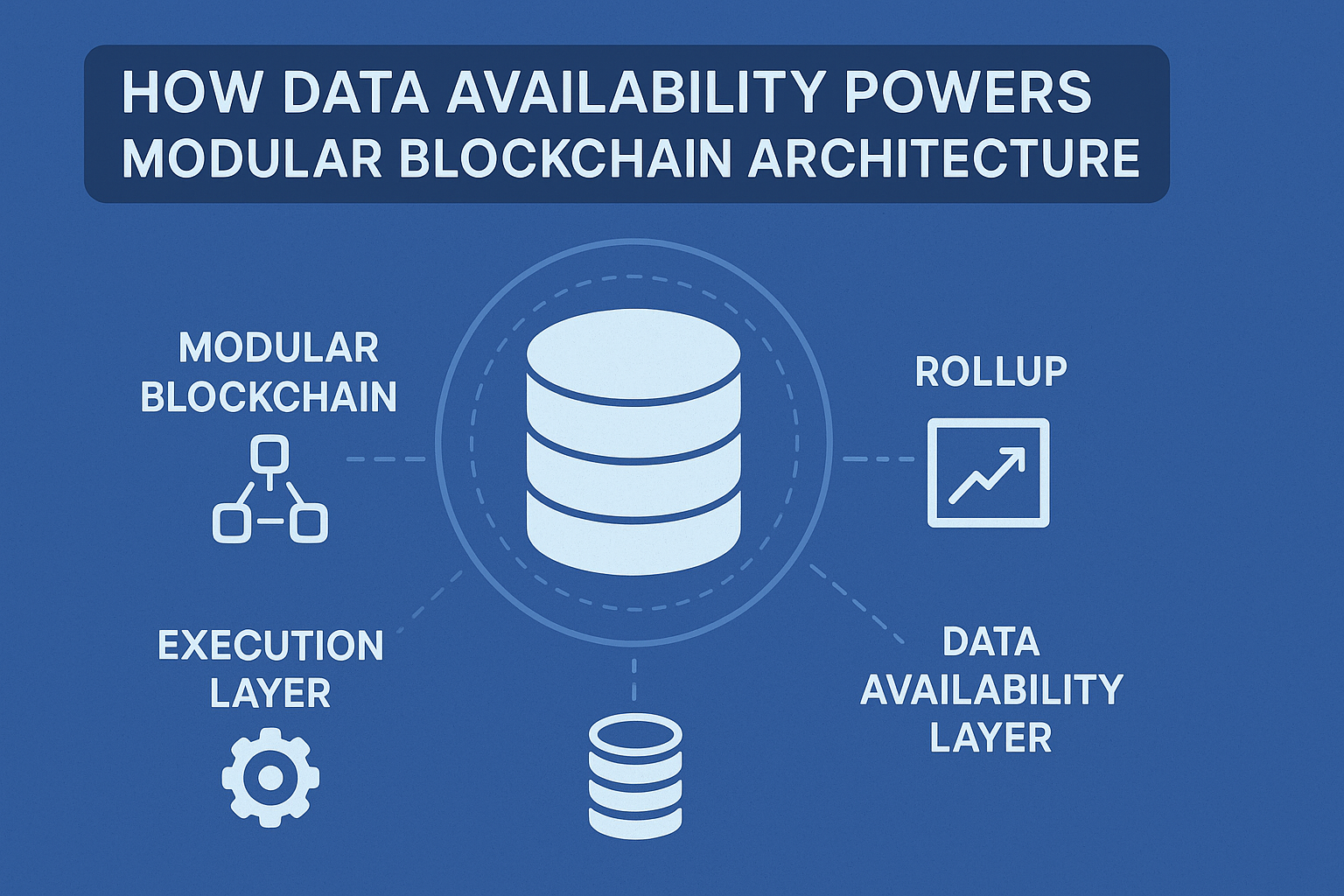(A Deep Technical Analysis and Practical Comparison)
🔹Why This Distinction Matters
In blockchain design, scalability has always been the main challenge.
Developers face a dilemma:
- How can we keep a network secure and decentralized,
- while also making it fast and affordable?
That’s where Layer 1 (L1) and Layer 2 (L2) come in.
Layer 1 is the foundation — the base blockchain.
Layer 2, on the other hand, is a scaling layer built on top of Layer 1 to improve performance.
Understanding the distinction between them is crucial for developers, investors, and users alike.
🧩 Basic Definitions
- Layer 1 (L1): The main blockchain network responsible for consensus, validation, and final settlement.
Examples: Bitcoin, Ethereum, Solana. - Layer 2 (L2): A network or protocol built on top of Layer 1 to handle transactions off-chain, improving speed and reducing costs.
Examples: Arbitrum, Optimism, zkSync, StarkNet, Base.
⚙️ Architectural Differences
1️⃣ Security Model
- L1: Fully self-contained. Security depends on its consensus mechanism (PoW, PoS, etc.) and network decentralization. Every transaction recorded here is final and immutable.
- L2: Inherits security from L1. L2s post periodic summaries or state roots to the base chain, leveraging L1’s trust model. Security depends on the rollup type — Optimistic or ZK (Zero-Knowledge).
2️⃣ Data Availability
- L1: All transaction data is stored directly on-chain. Full transparency, but at a high cost.
- L2: Some L2s store data on L1 (ZK-rollups), while others store it off-chain (Validium).
The trade-off: lower cost vs potential data unavailability or centralization.
3️⃣ Execution and Settlement
- Execution: L1 executes transactions directly. L2 executes off-chain or within a rollup environment.
- Settlement: Final results are verified and finalized on L1.
This duality allows L2s to process transactions faster while maintaining L1-level trust.
4️⃣ Latency, Throughput, and Cost
- L1: Low throughput, higher latency, expensive gas fees — but maximum security.
- L2: High throughput, low latency, and cheap transactions — but additional trust layers.
| Metric | Layer 1 | Layer 2 |
|---|---|---|
| TPS (Transactions/sec) | 15–50 | 1,000–10,000+ |
| Fees | High (variable) | Very low |
| Security | Native | Inherited |
| Finality Time | Slow | Fast |
🧠 Rollup Technologies — Optimistic vs ZK
Optimistic Rollup
- Principle: Assumes transactions are valid by default; fraud proofs are used if someone disputes them.
- Pros: Simple design, highly EVM-compatible, easy migration for developers.
- Cons: Finality delay due to the dispute window (fraud-proof period).
Examples: Arbitrum, Optimism, Base.
ZK-Rollup (Zero-Knowledge)
- Principle: Uses cryptographic proofs (ZK-SNARKs or STARKs) to verify transaction batches instantly.
- Pros: Instant finality, strong cryptographic security, no need for fraud challenges.
- Cons: Heavy computation, complex implementation, limited smart contract compatibility (though zkEVMs are closing this gap).
Examples: zkSync, StarkNet, Polygon zkEVM.
🧱 Decentralization & Centralized Components
While Layer 1 networks are usually fully decentralized, Layer 2s often rely on some centralized components for efficiency:
- Sequencer: Orders and batches transactions. Often centralized (for now), though decentralized sequencer research is ongoing.
- Bridges: Connect assets and data between L1 and L2. They are critical points of trust — and frequent attack targets.
Future improvements like decentralized sequencing, multi-sequencer models, and secure bridging standards aim to minimize these risks.
💰 Economic & Fee Models
- L1 Fees: Paid directly to validators/miners on the main chain.
- L2 Fees: Include both the sequencer fee and the cost to publish transaction batches to L1.
This structure makes L2s much cheaper per transaction — even after posting summaries to L1.
⚡ MEV (Maximal Extractable Value)
Both layers face MEV challenges, but in different forms:
- On L1, miners/validators can reorder transactions for profit.
- On L2, sequencers can do the same.
Solutions like Proposer-Builder Separation (PBS) and MEV-Boost aim to reduce this centralization.
🔍 Practical Examples
Bitcoin (L1) vs Lightning Network (L2)
- Bitcoin: Prioritizes security and immutability; transactions are slow and costly.
- Lightning Network: Enables instant, low-cost micropayments through payment channels, settling final results on Bitcoin.
Ethereum (L1) vs Arbitrum / zkSync (L2)
- Ethereum: Base layer for smart contracts; secure but expensive.
- Arbitrum (Optimistic): Easy to deploy existing EVM apps, minor delays due to fraud-proof period.
- zkSync / StarkNet (ZK): Cryptographically secure, near-instant confirmation, but computationally intensive.
🧮 When to Choose Layer 1 vs Layer 2
| Scenario | Recommended Layer |
|---|---|
| High-value assets, long-term storage | Layer 1 |
| Fast microtransactions, gaming, or DeFi | Layer 2 |
| Developer prototyping & EVM compatibility | Layer 2 (Optimistic) |
| Privacy and cryptographic guarantees | Layer 2 (ZK) |
In real-world deployments, many projects use hybrid models: critical logic on L1, high-volume logic on L2.
⚠️ Risks and Challenges
- Bridge Security: The biggest vulnerability across ecosystems.
- Centralization Risks: Sequencers or operators may become single points of failure.
- Data Availability: Off-chain data could be censored or lost.
- User Experience: Multi-layer ecosystems increase complexity for end-users.
🔮 Future Trends
- zkEVM Adoption: Combining full EVM compatibility with ZK rollup security.
- Modular Architecture: Separation of execution, settlement, and data layers (e.g., Celestia).
- Decentralized Sequencers: Eliminating single-operator risk.
- Layer 3: Application-specific rollups tailored for DeFi, gaming, or enterprise use cases.
📘 Summary — Key Takeaways
- Layer 1 = Security, Layer 2 = Scalability.
- Optimistic vs ZK: A trade-off between latency and computational complexity.
- Bridges and Sequencers are critical — their security defines ecosystem reliability.
- The blockchain future is multi-layered and modular — combining the strengths of both.







